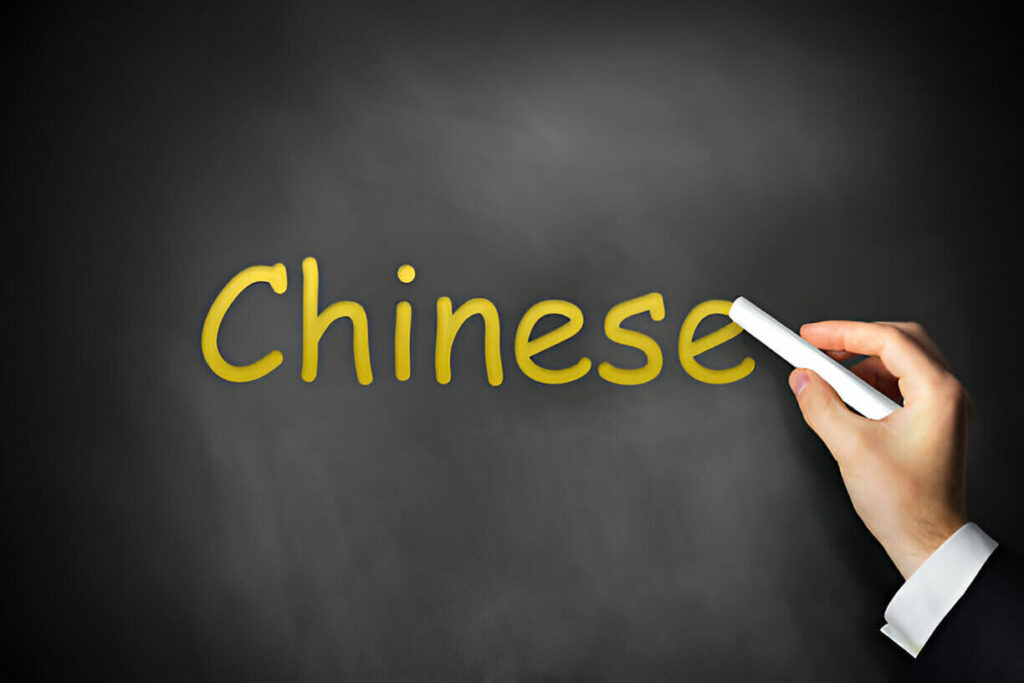The U.S. visa is a challenging process, mainly for people who have documents in languages other than English. Among these documents, a certified Chinese translation service is key. This guide informs you about this particular key and why it is important for U.S. visa applications. It also fulfills other aspects of certification and good practice. The aim is to give an easy-to-follow, step-by-step account to applicants and their advisers devoid of any unnecessary jargon or complicated terms. Therefore, by understanding a certified translation’s importance and properly following the steps, the applicant can avoid any problems and delays in providing the required documents to official authorities.
Certified Translation Significance for U.S. Visa Applications
If a document is not in English, you’ll need to provide a certified translation to include it with your U.S. visa application. This is a procedure many applicants from countries that speak Chinese observe so that they may hold a correct, authorized translation of their official documents. Using certified Chinese translation services guarantees that the translation is not only precise but also meets the requirements set by immigration authorities. Therefore, this assurance is critical in vetting personal particulars, academic attainments, job history, and other vital credentials required for the processing of the visa.
These verified documents are used by consular officers for application processing. Any discrepancy or unclear translation can cause delay or even refusal. The Chinese certified translation services ensure that the translation meets recognized standards. It also signifies that the translator is liable for the content. For applicants, this conforms to protocol and increases the possibility of fewer misunderstandings.
Translated documents are also a means of transparency beyond document verification. They allow visa officials access to the credentials of the person translating the material. This transparency can be needed whenever further clarification arises during the review process. Furthermore, the translation helps fill the gaps between the cultural and administrative adjectives of the original document and its translated counterpart by providing a clear, authenticated language. Therefore, the certification of translated documents becomes instrumental in sustaining the integrity of the visa application.
The Certification Process
The process for certifying Chinese translation requires competent translators. Research and select those who are recognized by relevant authorities to have experience doing official translations. The translator prepares the English version of the document and a declaration that confirms that the translation is complete and accurate.Normally, a declaration contains the full name of the translator, contact information, signature, and qualifications.
After the completion of the translation and certification statement, the Chinese language translators can also notarize the document. Although the notarization rules vary from one country to another, having a notarized translation can boost the authenticity. Candidates must then attach both the translated document and the translation key to the rest of their visa application. In some cases, the translation service can include additional documentation, indicating that authority can come on a letterhead or a seal attributed to it.
Certified translations must comply with the instructions given by the U.S. embassy or consulate. Not following the instructions can create an allowance for the resubmission of the document, or it may even reject the application. Thus, every step in the certification process should be performed with care and attention to detail. An applicant who is not sure about any aspect of the translation/certification process should seek professional guidance. This informed and systematic process can make sure that every detail required is met and that the translation serves its intended purpose without difficulty.
Best Practices for Translation and Submission
To obtain the best results when working with a Chinese translator, applicants need to observe a few best practices. The first practice is to engage a translator who specializes in legal and official documents. Verify the credentials of the translator by consulting professional references or trusted agencies and ensure each page has a corresponding certification statement. Consistency throughout the document is crucial to further understanding by the reviewing officer.
A suggestion is made to retain copies of all documents submitted for one’s own records. Both the original and translation is kept in case an immigration officer requires clarification. Moreover, checking all documents for correctness and completeness before submission is advised.
The second opinion of an additional expert on the translation copy may lend credence to the proper compliance with the standards.
Another consideration is timeliness. All certifications, translations, and notarizations must be completed well in advance of the submission deadline. An early initiation of the translation can give one time to resolve any matters that can emerge.
Conclusion
The procedure of securing a U.S. visa is difficult; having a certified Chinese translation of applicable documents, however, is an important step that greatly assists the process. The accuracy and completeness of the application are ensured in a presentable and professional manner as per the demanded immigration standards. Employing expert translation professionals, adhering judiciously to certification standards, and preparing documents on time can mitigate delays or refusal. A certified translation is the process of applying for and obtaining a visa smoothly and without complication.



